Trapping – The Difference Between Winning and Loosing
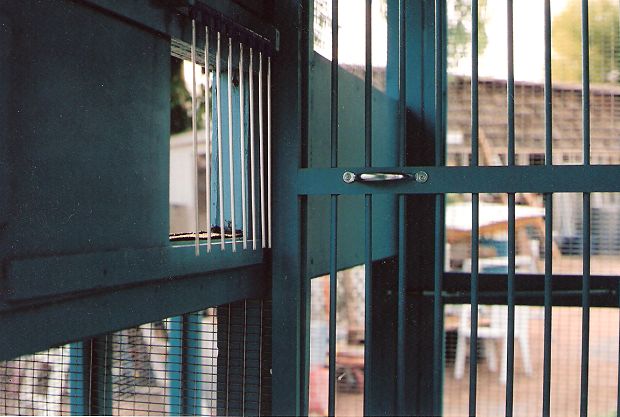 Trapping is a big part of the race. If the bird comes home, but does not go in, the race is not over. To win races you have to have birds that will trap on command. This takes conditioning. You have to train over and over when the birds are young, so that it becomes a natural habit for the birds. They don’t even think about it, they just do it.
Trapping is a big part of the race. If the bird comes home, but does not go in, the race is not over. To win races you have to have birds that will trap on command. This takes conditioning. You have to train over and over when the birds are young, so that it becomes a natural habit for the birds. They don’t even think about it, they just do it.
I start this training soon after the birds are weaned. I put them on the landing board with the front closed. I let them look around for a while, then I begin pushing them into the loft. I use a push stick that I made. It is just a long pole with a square piece of plywood attached. The corners are rounded and I made it smooth so it wouldnt’ hurt the birds. I use this push stick to maneuver the birds to the trap. They soon learn to go through easily.
I will push them inside, then put them back out on the landing board again and repeat the procedure. I do it several times the first day and repeat it several times each day for a week or two. I want the birds to know what is expected and I want the birds to get accustomed to me pushing them in, so that they don’t fly off the landing board on a race day.
All the time I am pushing them in, I whistle and talk to the birds. I use the same command words, “Inside. Come on, inside.” The birds learn to associate these words and the whistling with the behavior of going inside the loft. They are rewarded when they get there because their food is waiting for them. Soon the birds know that if I whitstle they are going to get fed. They rush to the trap and enter the coop. Then they get to eat.
When I let the birds out for the first time and everytime I train them, the birds are hungry. I only feed once a day and I do all my training before I feed. Because they are hungry, the birds are anxious to trap and get inside the coop. The birds that don’t trap on command, find that the food is all gone when they finally do go inside. Next time I let them out, these birds will be the first into the loft because they are really hungry. They will learn the lesson that to eat they have to trap when I give the command.
On race days, I rarely have a problem with birds that won’t trap. About the only time my birds don’t rush into the loft is when another flyer’s bird comes to the loft. The strange bird is not used to the routine and it will sometimes throw my birds off and confuse them. This happens only once or twice a season, and isn’t a great problem.
Another thing that I feel helps me, is that the only place for my birds to land is on the landing boards. I don’t have any power lines for the birds to land on. On top of my lofts, I have run pickets with string back and forth to prevent the birds from landing on top of the lofts. I never allow them to stay there if they do it as young birds. After conditioning them for this, they are good to land and trap immediately on race day making it a breeze for me. I don’t lose the race because the birds wouldn’t trap.
Trapping – The Difference Between Winning and Loosing By Craig Goode
Sign up for the Pigeon Insider Newsletter, click here to learn more.

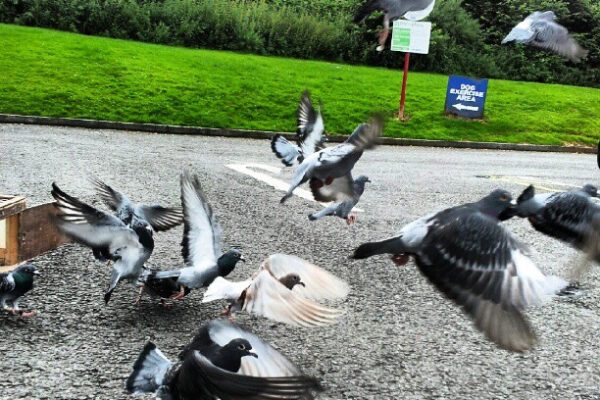
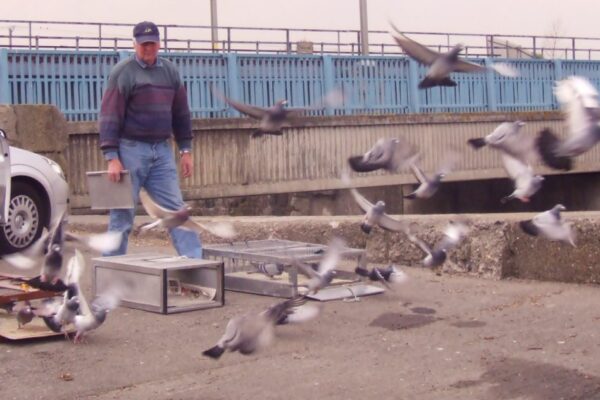

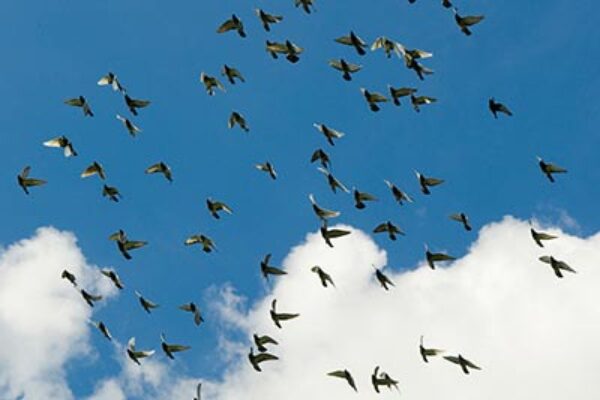
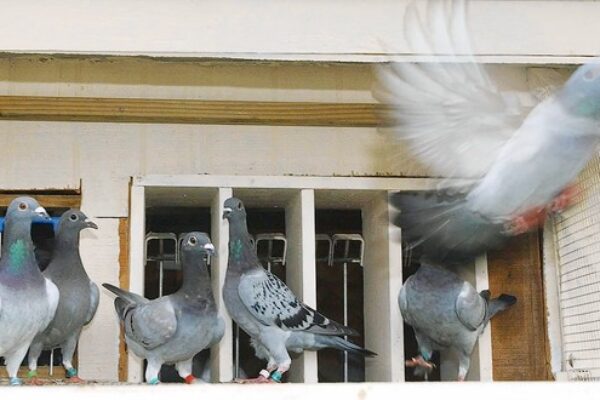
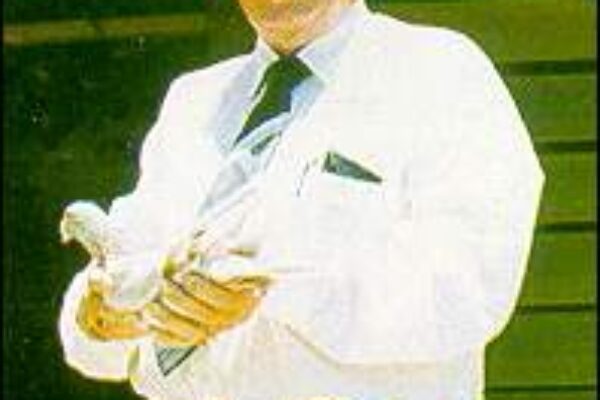


I have found on the other side of the traps I placed a board which they can jump on approx. 10inches below traps and they spend less time trying to decide what bob wire to go through
My trapping technique is similar too, except that I use wire mesh instead to get my birds in. When the bird gets older, trapping won’t be an issue for him / her. That’s why I prefer to race old birds than young birds, although I enjoy racing young birds too!
Some birds may attempt to land on power line, but they are few and far between. I would call my birds in by whistling, as I feed once a day (evening) due to the nature of my work.
On race days, I would call my birds in using small seeds, (linseed, rice, millets)
Due to time constraints I only feed once a day, I work an afternoon shift and cant be there all the time to feed twice wondering how many onces per bird do you feed if once a day
As far as trapping I take one of the rods in the middle of my buck bars and hold it up with a bent nail during training. That’s were they put there head through first since it’s a bigger hole and don’t seem to notice the bars……of course seeing everyone else eating
While the feed call is out is paramount.
ART
When my birds coming back from race i use rice hemp pasta this is [tit-bit]read it in book [GUY BARRETT]which help me too much.When they land i call them and they came to the loft.
That book i have it is published 1969 which help me too much.
That book also help me to much.But tit bit is (hemp-rice – linseed-groats-safflower.
I found the best way of trapping is to feed peanuts every time you toss your birds, so when race day comes along they know that peanuts are waiting for them, hey presto no problem trapping, guys try that and let me know.
My landing board was next to a garage on a race day a bird kept circling around and would not land on the landing board I realize on the other side of the garage there was a cat once I got rid of that annoying cat the bird landed I came in third place God knows if I would’ve clocked him earlier if I would’ve won
Trapping is very important during race day every seconds count.
haaaaaah , I like your article and your strategy with your birds
I have a vido on my site about trapping maybe it will help.glemserloft.com
Great article. Thanks
I built a new flying loft for this past years young birds. It is only a 4x8x5 loft but I find it is easier to get the birds in rather than in my larger loft was. When they come home from a race there is no sitting on the roof as opposed to the larger one. Don’t get me wrong,they hit the board but once in a while they go on the roof. Now comes the point of my story. In the last month after flying and they come down,if they hit the roof I repeatedly say DOWN and once they are on the board I say IN. Amazingly they follow what I want. I did use a short pole when I first started this to guide them. Generaly they only hit the roof if they bring a friend home.